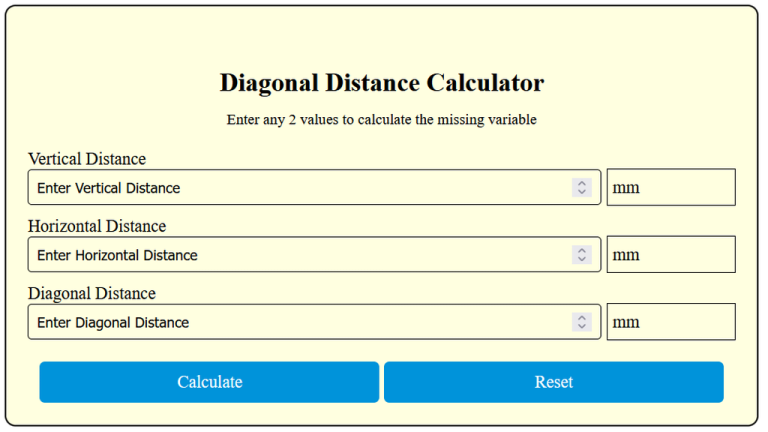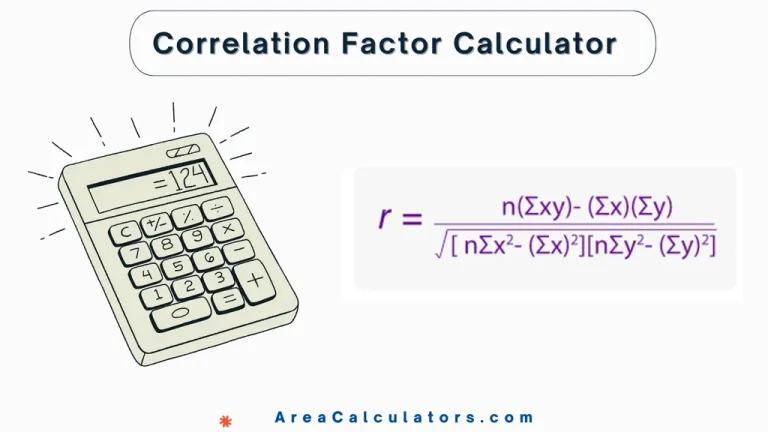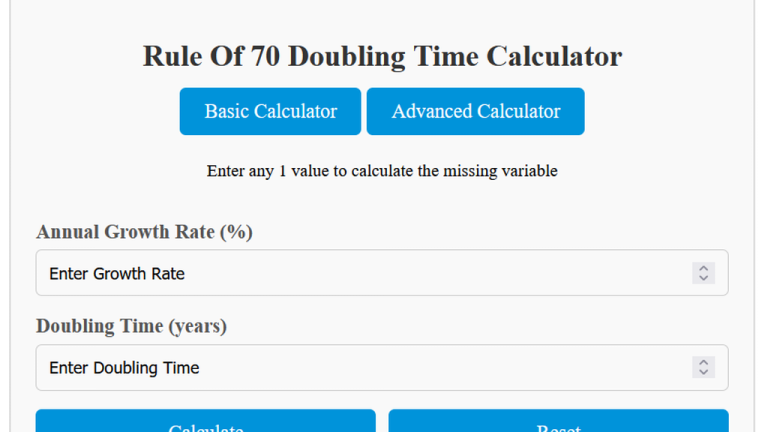Chvorinov’s Rule Calculator
Enter the values of mold constant, volume of casting, surface area of casting to use our basic and advanced calculator!
Chvorinov’s Rule Calculator is a tool used in the field of casting to estimate the solidification time of a casting based on its volume and surface area. This rule provides valuable insights into the solidification process, aiding in the optimization of casting operations.
Formula:
The formula is:
To calculate the solidification time (T) using Chvorinov’s Rule, multiply the mold constant (B) by the ratio of the volume (V) to the surface area (A) raised to the power of (usually 2).
Variables:
| Variable | Meaning |
|---|---|
| T | Solidification Time (the time it takes for the casting to solidify) |
| B | Mold Constant (a constant depending on the material and mold properties) |
| V | Volume of the Casting (the volume of the object being cast) |
| A | Surface Area of the Casting (the surface area of the object being cast) |
| n | Exponent (typically, the exponent is 2) |
Solved Calculations :
Example 1:
Given:
- Mold Constant (B) = 5
- Volume (V) = 200 cubic centimeters
- Surface Area (A) = 50 square centimeters
- Exponent (n) = 2
| Calculation | Instructions |
|---|---|
| Step 1: T = | Start with the formula. |
| Step 2: T = | Replace B, V, A, and with their values. |
| Step 3: T = | Divide 200 by 50 to get 4. |
| Step 4: T = | Square the result (4 squared equals 16). |
| Step 5: T = 80 | Multiply 5 by 16 to get the solidification time. |
Answer:
The solidification time is 80 units of time.
Example 2:
Given:
- Mold Constant (B) = 3
- Volume (V) = 300 cubic centimeters
- Surface Area (A) = 75 square centimeters
- Exponent (n) = 2
| Calculation | Instructions |
|---|---|
| Step 1: T = | Start with the formula. |
| Step 2: T = | Replace B, V, A, and with their values. |
| Step 3: T = | Divide 300 by 75 to get 4. |
| Step 4: T = | Square the result (4 squared equals 16). |
| Step 5: T = 48 | Multiply 3 by 16 to get the solidification time. |
Answer:
The solidification time is 48 units of time.
What is Chvorinov’s Rule Calculator ?
This helps figure out the solidification time of a casting based on the size and shape of the casting and the material properties of the mold. It helps in designing casting molds and risers to ensure uniform cooling and avoid defects in the final product.
It is essential for determining how long it will take for a casting to solidify, which is crucial for ensuring the quality of the casting. It is widely used in metal casting industries to design molds that allow proper solidification and avoid defects such as shrinkage.
Final Words:
The Chvorinov’s Rule Calculator estimates the solidification time of a casting using Chvorinov’s rule, which relates the volume and surface area of a casting to its cooling time. Input the mold constant, volume, and surface area to quickly calculate solidification times for better casting designs.




